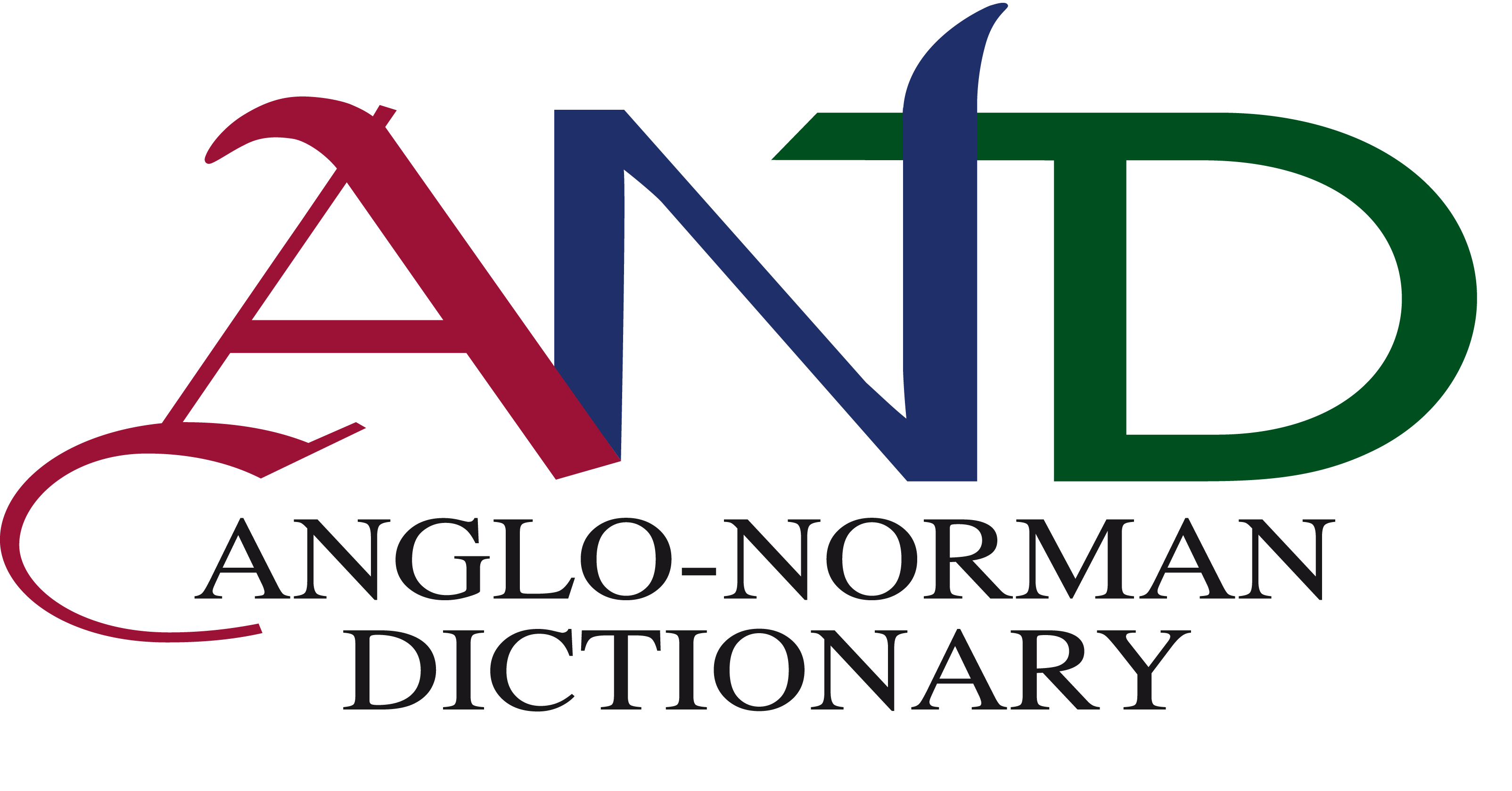The Second Edition of the letter T– has now been published online!
Over the last three years this section of the dictionary was revised exhaustively and expanded dramatically. There are now 1,805 substantive entries under T- (that is 637 more than in the first edition!), providing 6,984 senses and subsenses, 15,380 dated citations and 2,958 locutions (almost tripling the contents of T- as it was in AND1).
During this process, also U- and Y- (published in their Second Edition in 2014 and 2008) were updated and expanded with additional sources and materials, raising them to the same standards as T-.
The editorial team (Geert De Wilde, Delphine Demelas and Karen Jankulak) are now working on the revision of W-, the publication of which can be expected later this year.
-Aberystwyth, April 2024
Anglo-Norman is the name usually given to the kind of French brought over to England by the conquerors in 1066, then later exported to Wales, Scotland and Ireland. Initially it shared most of its vocabulary, grammar, and pronunciation with the medieval French of the mainland. Later, it began to develop characteristics of its own.
Although Anglo-Norman became an acquired second language in later generations as Middle English emerged, it was still in use for complex administrative matters and affairs of state well into the 15th century. This site offers resources for understanding these records of Britain’s past.
Anglo-Norman has contributed massively to the present-day English language. No matter what you say or read in English, however ‘modern’, the legacy of Anglo-Norman is everywhere. And across the globe, wherever the English language has gone, it has taken Anglo-Norman influences with it.
David Trotter, [*1957-†2015]
